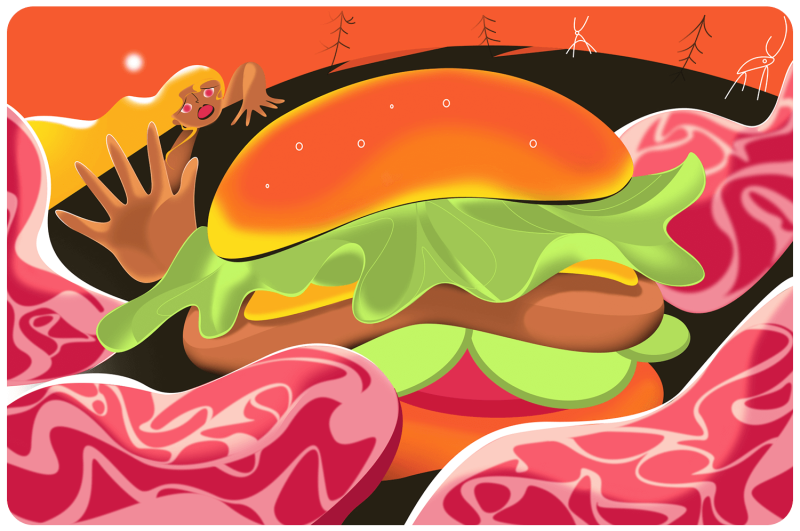The number of carbon atoms returned to the atmosphere from beef farming is less than that removed by grass growth. Therefore, cattle farming and eating beef is a carbon sequestration process. If the popular mantra is used, we are saving the planet by eating beef.
If we do not eat meat, then grass decomposes anyway and releases methane into the atmosphere for oxidation to carbon dioxide and water vapour. If the grass is burned, carbon dioxide is returned to the atmosphere. The cycle of atmospheric carbon dioxide via meat production and digestion removes carbon dioxide from the atmosphere and then later releases this carbon dioxide back to its source. What’s the problem? Whether grass is used to grow meat, decomposed, or burned, no new carbon atoms are created in this carbon cycle and, by growing beef, some carbon atoms are removed from the cycle for short-term sequestration.
It is absolute nonsense to claim that beef farming accelerates hypothetical global warming. Carbon atoms are just being recycled. We are being conned with a scare campaign by unelected climate activists who want to control every aspect of our lives, including the source of our animal protein.































